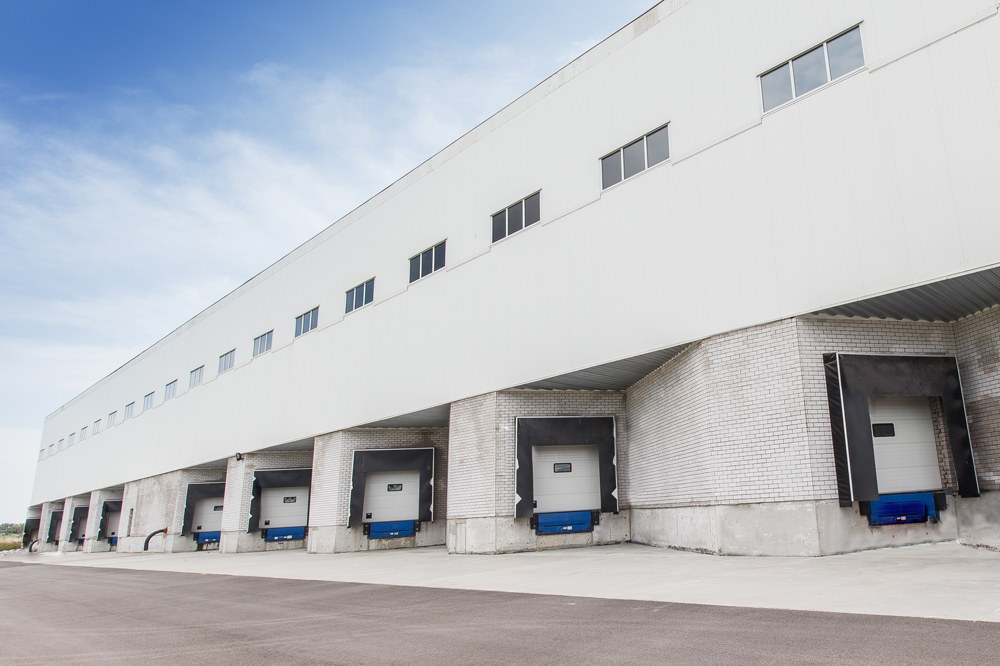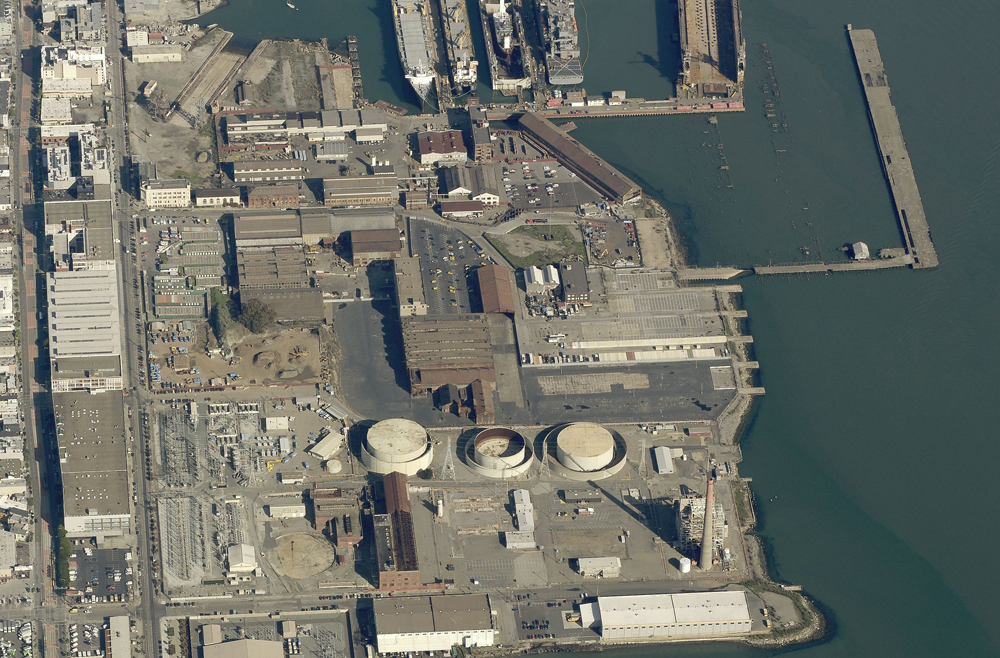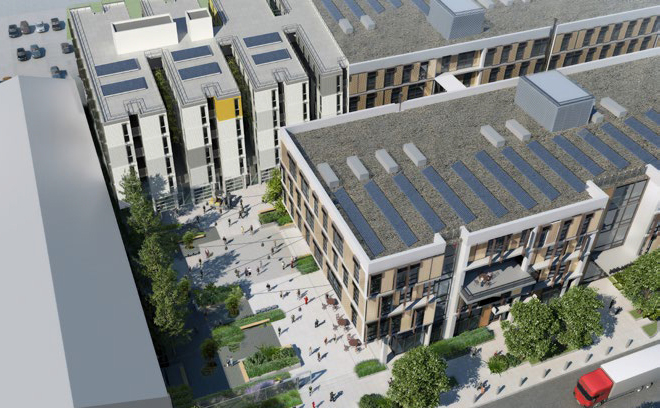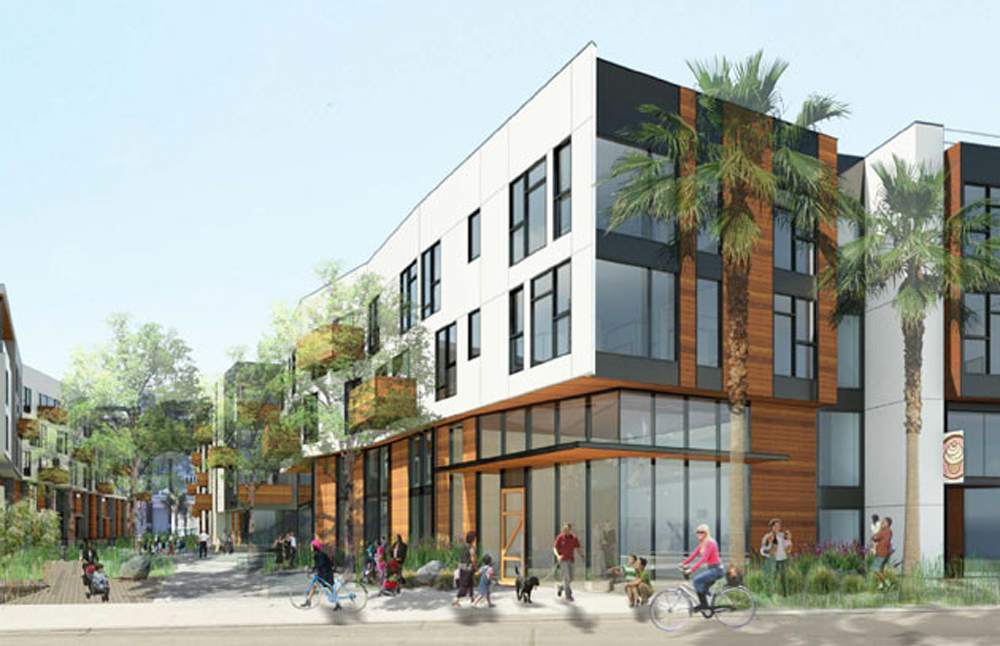Calco Commercial recently completed a lease transaction at the 30 Tanforan Industrial Park in South San Francisco. Calco represented the Chariot, the Tenant, who will be occupying 51,524+/- square feet of building area and a total of 215,289+/- square feet (4.49 acres) of land. Chariot, a division of Ford Smart Mobility, is focused on transit solution by providing transportation options for commuters, enterprises and charters. Chariot operates across the Bay Area and is now offered in cities ranging from Austin to London.













